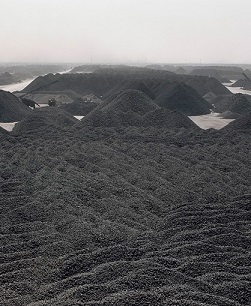China unveils green goal
 The world's largest polluter has committed to becoming carbon neutral by 2060.
The world's largest polluter has committed to becoming carbon neutral by 2060.
China - both the world's largest polluter and consumer of renewable energy – has pledged not to release more CO2 emissions into the atmosphere than it captures in the year 2060.
President Xi Jinping made the announcement to the United Nations General Assembly, stating that “humankind can no longer afford to ignore the repeated warnings of nature”.
But the announcement was light on detail, and the enormity of the task is hard to understate.
The International Energy Agency's (IEA) says China consumed 6,833.1 terawatt hours (TWh) of electricity in 2018. In the same year, the entire European Union (including the UK) consumed 3,098.1 TWh, while North America consumed 5,151 TWh.
While China has most installed renewable energy capacity of any country in the world, it is also the world's largest producer, importer, and consumer of coal.
Ironically, it was coal that gave Chinese industry the maturity to produce renewable energy products at such a large scale.
“The country needs to shut down coal plants and stop trading in coal. That means renewables need to go up in scale drastically,” says Vinod Thomas, a specialist in climate change economics and former chief economist at the World Bank.
“If China does not accelerate decarbonisation before 2030 and only do so after 2030, all bets are off.”
The measures to fulfill China’s promise start at the consumer level, imposing minimum energy-efficient standards in a Government program to create more energy-efficient households.
Beijing is expected to announce a new National Determined Contribution (NDC) — which describes the of it emissions reduction commitments under the terms of the Paris Climate Agreement.
Analysts say it will include an overall emissions cap for the next five years, an overall coal capacity cap, while also laying out carbon intensity targets and an energy intensity target.








 Print
Print